
YOU CAN ALSO READ:
THE GENUS OTHONNA
Othonnas are found within the Asteraceae family ( Compositae ) .
Othonnas are quite diverse and range from succulent shrubs with pachycaul stems, geophytes with underground tubers and stem succulent caudiciforms.
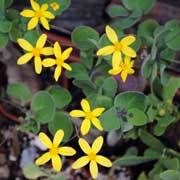

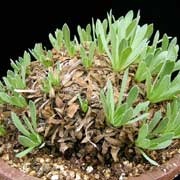
othonna flowers
othonna intermedia
othonna retrorsa
This genus of more than 100 species are confined to mainly the winter rainfall areas of
Southern Africa, in Nothern and Western Cape as well as the south- western section of Namibia.
The bright yellow ( occaisonally purple) flowers are the most distinguishing characteristic of
the genus and the flowering times differ from different species, some flower just before beginning their summer
rest, and others flower after beginning growth in the fall. Most species are leaf succulents with terete or round leaves and are deciduous
during the dry season.


othonna litoralis
othonna cacalioides
Othonnas have a variable range of habitats, some grow in a very hot, arid regions, but they avoid the intense dessicating rays
of the north and west sun, growing between rocks in southern slopes. A few species, by contrary,
grow in strong direct sunlight in arid situations that become very hot and dry as well as
saturated for a few weeks during their growing period.
All Othonnas grow in very open situations with plenty of free air circulation all around.
Othonna growing in their habitat
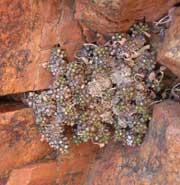
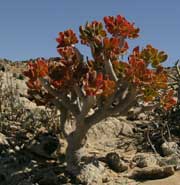

othonna arminiana
othonna furcata
othonna clavifolia
Othonnas tend to be fairly hardy but some of them as othonna cacaloides can be extremely difficult in cultivation if you do not give them the right conditions: space to develop radicular system, better to keep them in flat pots. In summer protect plants from direct sunlight. In growing season they like to be moist, fresh and plenty light.
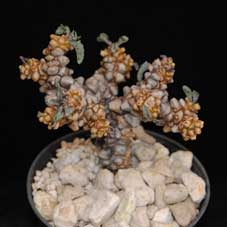
othonna herrei
O. herrei is one of the most ornamental species in the genus. In cultivation it begin to grow in late august and early
september.
O. herrei and O. arminiana are two species which grow in morning sun or shade, usually confined to the cooler south-facing slopes.
In cultivation it is preferable to place the plants away from strong direct sunlight.
Their active winter growing months are from early fall through late spring, when water must be given generously, not allowing the plants to dry
completely. Give as much sun as possible in our winters and protect from frost.
In the warmer months Othonnas go into their dormancy period, stop watering, place them in a shaded, cooler area of the greenhouse, away from getting direct sunlight and with good air circulation, relatively dry. In the fall, sometime around early to mid october when nights cool down, the plants may start growing on their own, but a good soaking will help them to leaf out.

othonna euphorbioides
O. euphorbioides is a familiar species in cultivation and is also one
of the easier species to cultivate.
It occurs on the vast granite domes of central and northern Namaqualand. It grows in
rocky fissures in very exposed situations.
In its local habitat, from May to August, when plants grow, the weather is cold, and temperatures sometimes dip below 0ºC.
A typical succulent soil mix should be suitable for growing othonnas but additional drainage material would be recommended.


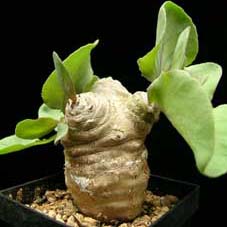
othonna cremnophylla x herrei
othonna retrofacta seeds
othonna cremnophylla x herrei
Othonna seeds can easily be produced in cultivation provided that the conditions conductive to production of
healthy flowers are observed. Some species hybridizes readily with other species that flower at the same time.
Seeds should be sown in a sandy mixture and be just covered with a thin layer of silt.
The seeds germinate best when sown during the cold weather. And will take from days to two weeks after sowing,
but germination continues for about two months.
The initial growth of othonna seedlings is very rapid.
When they enter dormancy, the young plants should be kept completely dry until the following growing season.


